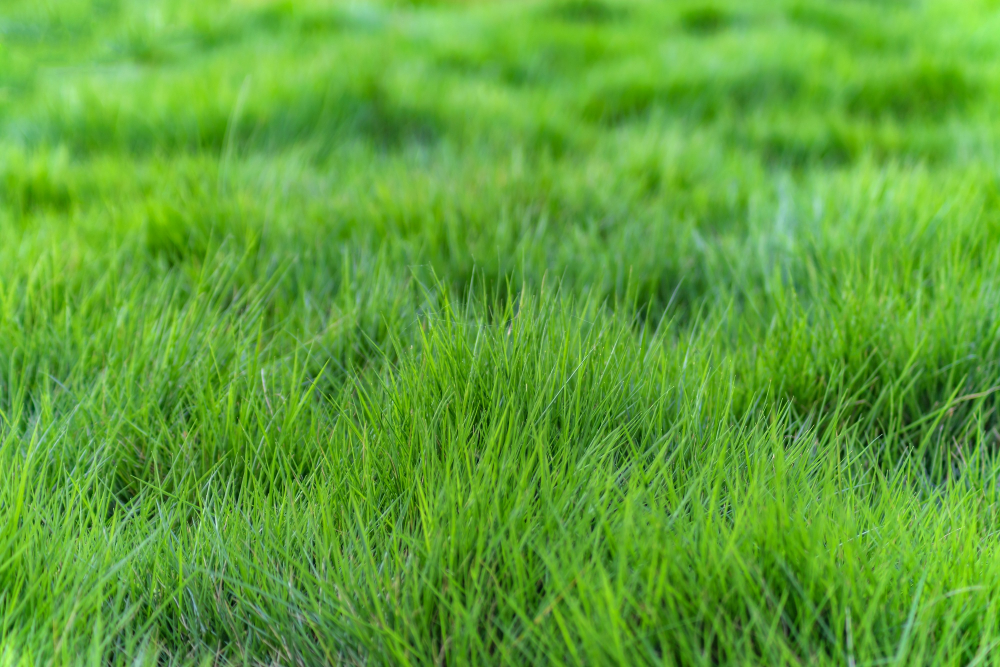
Finding environmentally conscious practices that are viable alternatives is becoming an increasingly pressing concern as the environmental awareness movement continues to gain ground. Using artificial grass as a suitable solution for landscaping and the upkeep of green spaces has been increasingly common in recent years. Synthetic grass, commonly referred to as artificial turf or fake grass, possesses several significant environmental benefits that contribute to a greener and more sustainable future.
This post will discuss the five most significant environmental benefits of artificial grass and highlight why it is becoming increasingly popular as an alternative for environmentally responsible landscaping.
1. Water Conservation
Water conservation has risen to the top of the list of priorities in our day and age due to the global water crisis. One of the most notable positive effects of artificial grass on the environment is its enormous contribution to water saving. To maintain their lush and verdant appearance, natural grass lawns require significant water, which is especially important in arid locations. However, NexGen Lawns synthetic grass eliminates the need for continuous watering, which results in a significant reduction in the amount of water that is used.
Homeowners and businesses can relieve some of the strain that is being placed on our limited and valuable water resources by switching to artificial grass, which saves hundreds, if not thousands, of gallons of water annually.
2. Use Of Fewer Chemicals
To keep weeds and insects under control, natural grass typically requires applying several different kinds of chemicals, such as insecticides and herbicides. These compounds can potentially negatively impact the environment, leading to contamination of the groundwater, surface water, and soil. Because synthetic grass does not require these potentially hazardous chemicals, it offers an alternative that is safer and better for the environment and for people. You may reduce the number of hazardous elements released into the environment. You can create a greener and cleaner area for everyone to enjoy if you use artificial grass instead of real grass.
3. A Smaller Carbon Footprint
Common lawn maintenance methods, such as mowing and fertilizing, contribute to both the release of greenhouse gasses and the progression of climate change. The manufacture of fertilizers and the use of gas-powered lawn mowers contribute to the emission of carbon dioxide and other pollutants into the environment. Mowing is not required with artificial grass, resulting in a large reduction in carbon emissions connected with lawn maintenance.
In addition, the manufacturing of artificial grass has become less harmful to the environment over time due to the adoption of environmentally responsible practices and producers' use of recycled materials. You may proactively move towards minimizing your carbon footprint and addressing climate change using artificial grass. This is a step that you can take.
4. Waste Reduction in Landfills
The dumping of natural grass clippings and yard waste exacerbates the ever-increasing weight of garbage generated by landfills. It is not necessary to mow synthetic grass, which removes the need for mowing and, as a result, minimizes the amount of green waste generated. In addition, synthetic grass is created from materials that may be recycled, such as recycled plastics and rubber, which would otherwise be dumped in landfills if they were not repurposed. You are helping to contribute to a more sustainable approach by reducing the amount of garbage sent to landfills. You are promoting using recyclable materials when you go with artificial grass.
5. Protecting The Earth's Diverse Biodiversity
When used in place of genuine grass, artificial grass contributes to the conservation of natural resources in a number of distinct and important ways. To begin, it reduces the amount of water that is required, which can then be redirected to fulfill other purposes that are critically important or to assist in the maintenance of natural ecosystems. The usage of hazardous chemicals, which are known to have a detrimental influence on plants, animals, and insects that are useful to the ecosystem, is not required when artificial grass is used, which is the second advantage of using artificial grass. When you install artificial grass, you give a less hazardous habitat for the natural flora and animals as well as a habitat that is more enticing for them, which encourages the expansion of biodiversity.
Conclusion
For people and organizations concerned about their impact on the environment, artificial grass is a desirable alternative due to its many environmental advantages. Examples of its significant positive impact on the environment include its capacity to preserve water, reduce chemical use, cut back on carbon emissions, lessen the amount of garbage sent to landfills, and help maintain biodiversity. Using artificial grass, we can create landscapes that are both beautiful and eco-friendly while also preserving our natural resources for the delight of coming generations.
Given the growing need for ecologically acceptable options, synthetic grass is a solution that is both cost-effective and environmentally responsible. It offers a way to positively impact the environment in addition to being aesthetically pleasing. Synthetic grass provides a low-maintenance, environmentally friendly substitute for natural grass that may be utilized for a variety of purposes, including playgrounds, sports fields, and commercial spaces.
You may also like
What Makes Bamboo Products More Sustainable?
What Are Some Good Fencing Options For Homeowners Who Want to Go Green?
6 Eco-Friendly Home Upgrades To Increase Your Home's Value
Sustainable Landscaping to Reduce Your Emissions
